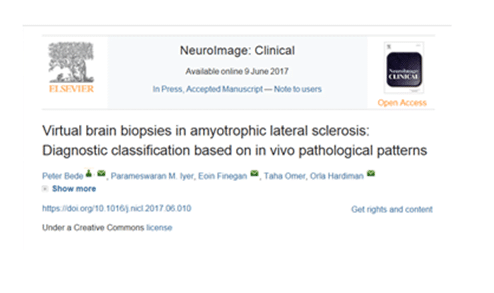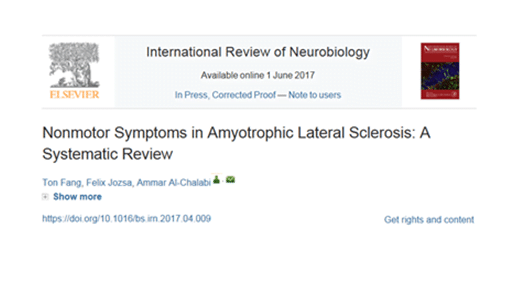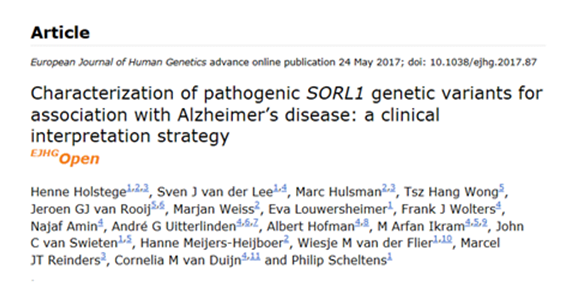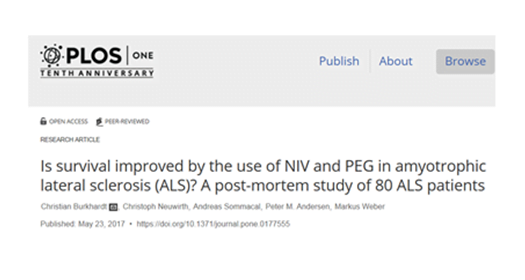Researchers have succeeded in analysing the effects of selective mutations of the alpha-synuclein protein, a protein that is closely linked to Parkinson’s disease. Examining the effects of changing a single amino acid in the protein, the physicochemists were able to show how this tiny change disturbs the binding of alpha-synuclein to membranes.
This study was published in the Journal of the American Chemical Society.
The human brain contains large quantities of the small alpha-synuclein protein. Its exact biological function is still unknown, yet it is closely linked to Parkinson’s disease; the protein “clumps together” in the nerve cells of Parkinson patients. Alpha-synuclein consists of a chain of 140 amino acids. In rare cases Parkinson’s disease is hereditary; where this occurs one of these 140 components has been replaced. A team of scientists have now found out the influence these selective changes in the protein sequence can have on the behaviour of alpha-synuclein.
To find out more about the influence of selective mutations, the researchers applied tiny magnetic probe molecules to various places on the alpha-synuclein protein. With the help of electron paramagnetic resonance spectroscopy — a procedure similar in method to magnetic resonance imaging (MRI) used in the medical field — the researchers were able to measure the rotation of these nanomagnets. At every residue at which alpha-synuclein binds to a membrane, the rotation slows down. In this way they were able to find out precisely when and where a binding to the membranes takes place — and when it does not. In the case of the exchanged amino acids the physicochemists from Konstanz discovered a disturbance of the membrane binding of alpha-synuclein — an important clue for the molecular context of Parkinson’s disease.
Paper: “Alpha-Synuclein Disease Mutations Are Structurally Defective and Locally Affect Membrane Binding”
Reprinted from materials provided by the University of Konstanz.





